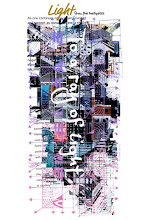There are many symbols other than the two snakes, and understanding this symbol reveals that many of the ancient artifacts from each country are designed and connected with a common symbol. For example, in Iran's Jiroft culture around 3000 BC, stone handbags designed with two snakes entwined have been found.
Other engravings on this handbag include: People and animals like scorpions and leopards, snake-like lower bodies and horned people.
Two horned cows, two snakes and an eagle.
Two eagles, two snakes entwined with an eagle, two lions and a cow.
From this alone, it is difficult to tell whether this sculpture is a common symbol, but next time we look at the stone pillars of Gobeklitepe in Turkey, we gradually see that it is a common symbol.
Next is the symbol of the stone pillar of Gobeklitepe around 10,000 BC. The symbols common to the Jiroft culture, which differ in time by about 7,000 years, are the two snakes on the upper right, the handbag, the eagle, and the scorpion. Other sculptures include a snake, an H-shaped pattern on the bottom right of the handbag, a dog, a crested ibis, a small lizard, and a zigzag pattern on the top. Another symbol is that the stone pillars are T-shaped.

The two snakes can also be found on the winged discs of ancient Egypt. There are two snakes on the left and right of the sun in the middle, and the wings are also carved.
Eagle ornaments with the same design as the wings of the winged sun have also been found in Egypt. This eagle has a design similar to the handbag of Jiroft culture.
Eagle design of Jiroft culture.






















0 コメント